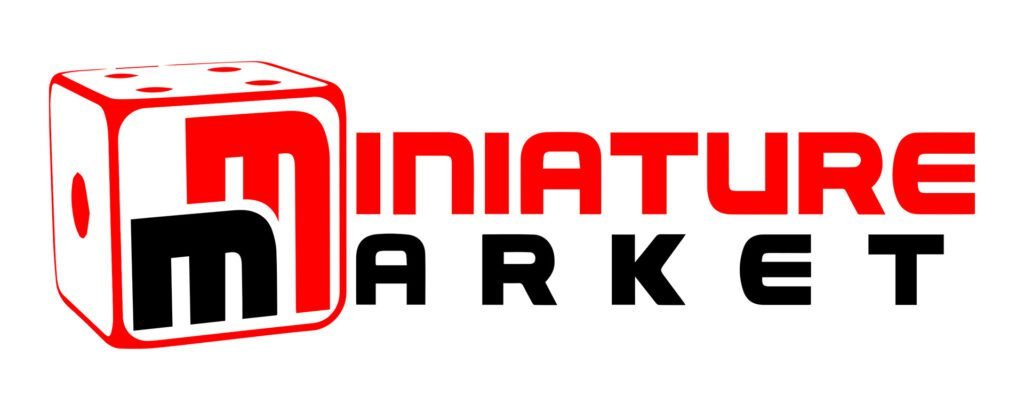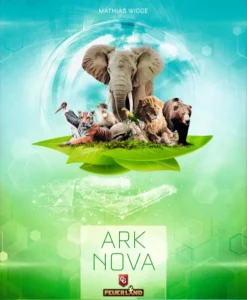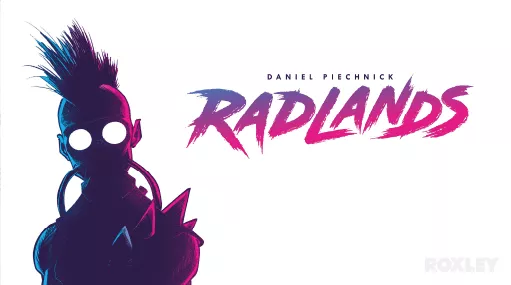
Today we’re diving into “Radlands.” This is a post-apocalyptic, two-player card game from Roxley Games, where water is the most precious commodity, & you’re fighting to control the wasteland. So, let’s break it down—what it is, what’s good, what’s bad, & if you should pick it up. Let’s get into it.

What It Is
“Radlands” is a dueling card game designed by Daniel Piechnick, set in a gritty, resource-scarce world. It’s a head-to-head battle where you & your opponent lead rival gangs in a fight for survival. Each player has three unique camp cards that form the core of their strategy, & the goal is to destroy the other player’s camps before they get yours. With a recommended age of 14 & up, this game typically takes about 30-45 minutes to play, making it a quick & intense experience.
Gameplay Overview
Players control rival factions with the objective of destroying the other player’s three camps. Each player has a similar setup involving a play mat, water tokens, camps, people cards, an event queue, a water silo card, & a raider event card. The play mats are thick neoprene & provide an organized layout, though they are optional once you’re familiar with the setup. The game consists of multiple rounds, each following a series of steps.
Water tokens, the game’s main currency, are crucial for actions. Players start each turn with three water tokens, except for the first player on their first turn, who only gets one. Water tokens are used to bring cards into play, draw new cards, or perform card actions. There are white water tokens for regular use & black ones for extra needs. The first player is chosen by flipping a water token.
Each player has three camps with columns of people in front of them. Camps have unique abilities & can take two points of damage before being destroyed. Even when damaged, they can still use their abilities. In a normal game, players draw six camps randomly & select three to use. People cards, played in front of the camps, can take two points of damage before destruction & have unique abilities, except for “punks,” which have no special abilities & can only take one point of damage. Typically, only the frontmost card in a column can be damaged by the opponent, though some abilities bypass this.
The event queue, which starts empty, holds event cards that progress each turn & can be affected by other cards. The water silo card allows players to bank a water token for future turns. The raider event card enables a special attack that bypasses people to damage a camp, chosen by the opponent. These elements are essential for strategic gameplay.
Each turn has three phases: advancing events in the queue, replenishing water tokens, & taking actions. Players can play person cards, perform card actions, play event cards, junk cards, draw new cards, & bank water tokens. Person cards are placed on the board by spending water, & their abilities can be used in subsequent turns. Card actions require water & vary based on the card’s specific effects. Event cards enter the queue & may take effect immediately or after a few turns, depending on their placement.
Junking a card allows players to perform its junk action immediately without water cost. Drawing new cards requires spending two water tokens, & banking a water token for future turns involves spending one water token. These actions require careful planning due to the limited number of water tokens available each turn, emphasizing resource management & strategic thinking.
Card effects are varied & numerous, with icons denoting their possible actions. The game progresses quickly, with turns being short due to the limited resources. The combinations of cards drawn in each game create unique synergies, making each session different. Although the rules can be initially confusing, they become clearer with practice.
Recent rules revisions in May 2023 include preventing camps from healing themselves & allowing players to destroy existing people to make room when out of slots. These updates improve gameplay but might not be included in older printed versions of the rules. Overall, the game offers a fast-paced, strategic experience that becomes more intuitive with play.
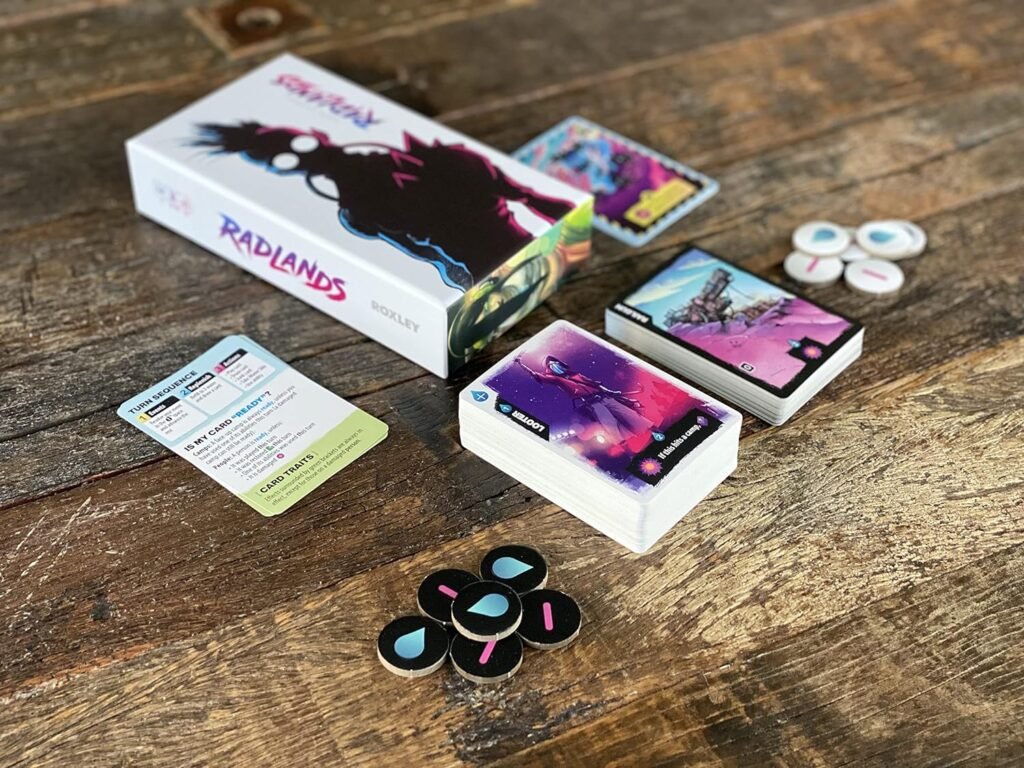
The Components
Roxley Games has really outdone themselves with the components of “Radlands.” The artwork, created by Damien Mammoliti, Manny Trembley, & Mr. Cuddington, is stunning & really draws you into the post-apocalyptic world. The deluxe edition of the game includes thick neoprene playmats & plastic water tokens, which not only look great but also feel fantastic to play with. Even the standard edition, while more affordable, features high-quality cards with clear, functional design. Overall, the production value is top-notch.
The Good
One of the strongest aspects of “Radlands” is its depth of strategy, despite having relatively simple rules. The tight resource management forces you to think carefully about every move, & the unique camp abilities allow for a lot of strategic variety. The game’s quick playtime means that even if things don’t go your way in one match, you can quickly set up & try again, learning & adapting your strategy as you go.
Replayability is another big plus. With 34 different camps to choose from, each game feels different, & the random card draws keep you on your toes. The game’s tense, nail-biting decisions make every match exciting, & the strategic depth will keep you coming back for more.
The Bad
That said, “Radlands” isn’t without its flaws. As with any card game, there’s a degree of luck involved. Sometimes, your well-laid plans can be undone by a bad draw, which can be frustrating. However, because the games are quick to play, this frustration is usually short-lived. Also, the game’s complexity might be a bit overwhelming at first, especially for new players, but the rules become more intuitive with practice.
Another potential downside is that while the game offers a lot of strategic depth, it might not appeal to those who prefer games with more direct conflict or flashy combos. “Radlands” is more about careful planning & resource management than overpowering your opponent.
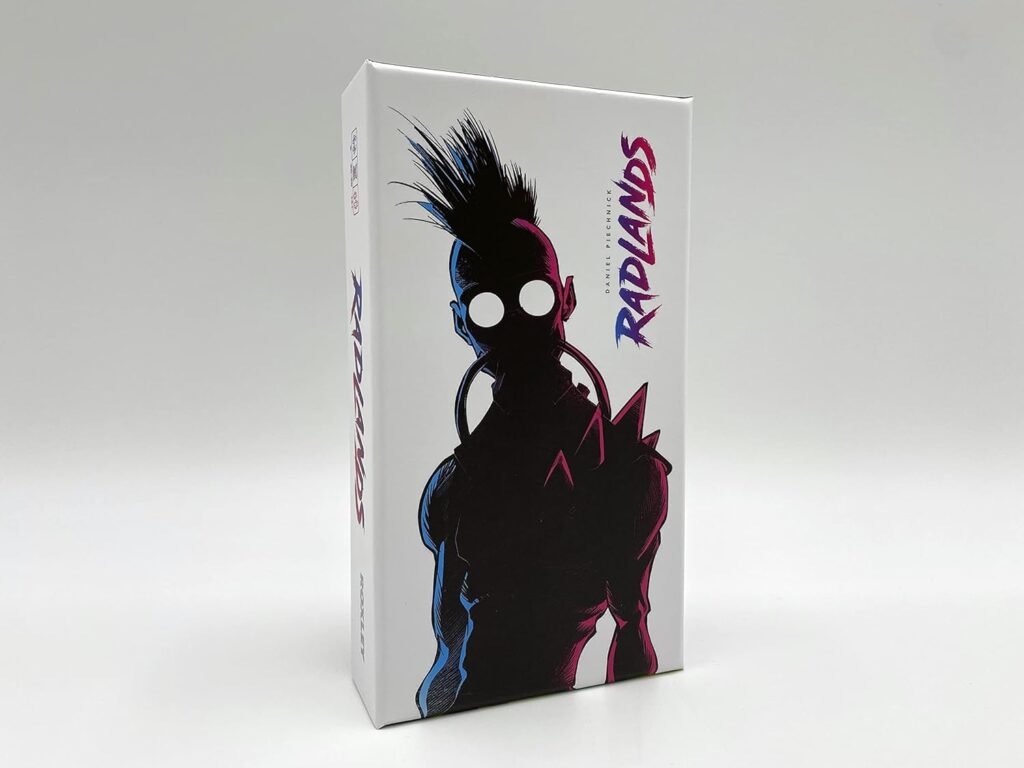
The Verdict
So, should you buy “Radlands”? If you’re a fan of dueling card games & enjoy a mix of strategy & resource management, “Radlands” is definitely worth your time. The game offers a unique, post-apocalyptic experience with high replayability & fantastic components. It’s a game that rewards skillful play & adaptability, making it a great choice for players who enjoy learning & mastering a game’s nuances.
However, if you’re someone who’s put off by the luck factor in card games or prefers games with more straightforward gameplay, “Radlands” might not be for you. But if you’re willing to embrace its challenges, it offers a rich, strategic experience that’s both rewarding & fun.
Final Thoughts
Radlands really took me by surprise with how much it won me over. My initial experience with the game had me worried due to what seemed like imbalances in card power. A few matches had me doubting the fairness, but after running a few more tests & swapping setups, I realized the game’s depth & balance were more nuanced than I first thought.
What became clear is that Radlands rewards skillful play & adaptability. Despite the early setbacks, my later games showed that experienced players can counter even the most powerful-seeming cards with strategic adjustments. This quality of the game is impressive, as it keeps both players engaged & encourages continuous improvement & learning. The excitement comes not only from the matches themselves but from discovering new strategies & counters as you play more.
That said, it’s important to note that luck plays a role in Radlands, as in any card game. There were instances where my well-thought-out plans fell apart due to poor draws, which can be frustrating. However, because the games are so quick to set up & play, this frustration is often short-lived. You can quickly jump back into another match, tweaking your approach & trying again, which mitigates the impact of any single unlucky game.
Radlands isn’t about flashy, game-breaking combos but about making tough, strategic choices with limited resources. This creates a tense, nail-biting experience where every decision matters, & small mistakes can have significant consequences. The comparison to Mindbug is apt; while both games share some design elements, Radlands offers a more controlled & thoughtful experience, allowing for meaningful decisions rather than just reacting to random card draws.
The components of Radlands deserve special mention. Roxley has outdone themselves with stunning artwork & top-notch production quality. The cards are beautiful & durable, with clear & functional graphic design. Even though the cards can stick a bit to a wooden table, it’s a minor gripe compared to the overall high quality of the materials. The thematic elements, while not groundbreaking, are well-integrated & enhance the overall experience.
Overall, Radlands delivers a compact, engaging dueling game that’s easy to learn & quick to play but offers a depth of strategy that keeps you coming back. If you’re looking for a game that’s more about tactical decisions & less about overwhelming your opponent with sheer power, Radlands is an excellent choice. Just be prepared for the occasional swingy game due to card draws, but know that the quick playtime & replayability more than make up for it. If these qualities appeal to you, Radlands is definitely worth adding to your collection.
Purchase Options

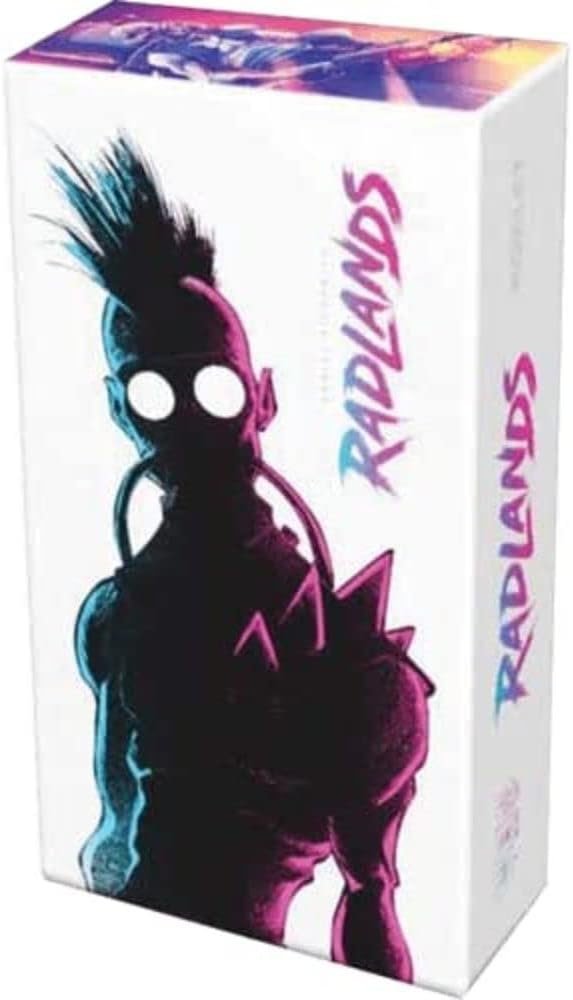
At no extra cost to you, The Board Game Site may receive revenue from affiliate and advertising partnerships for sharing this content and from purchases through links.



